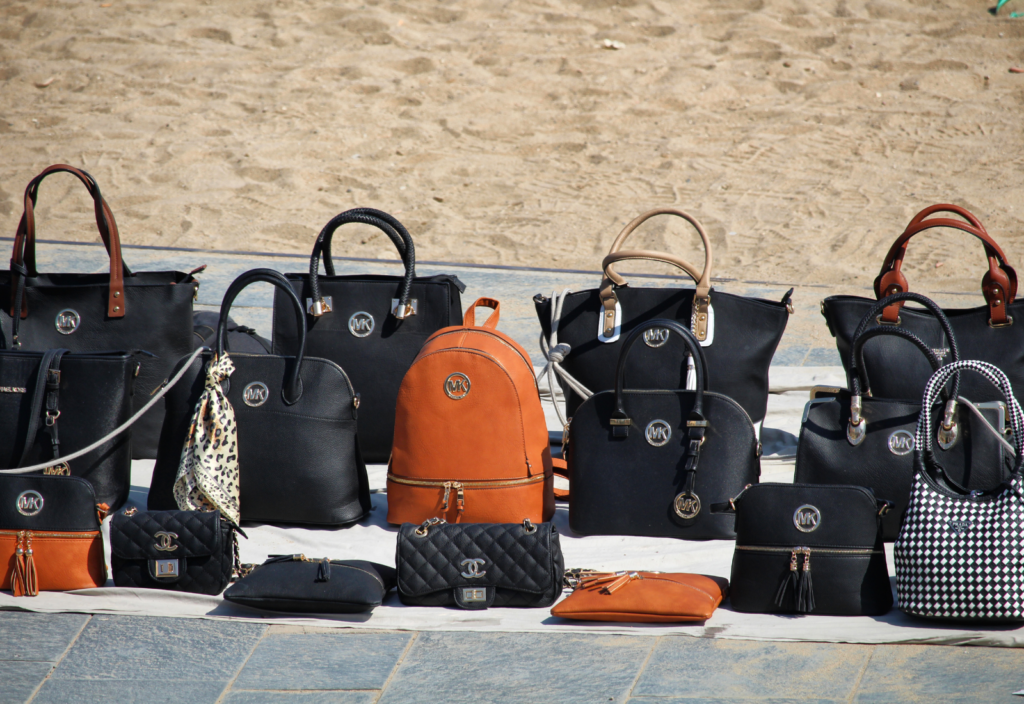As we have written a number of times, the essential first step in any China IP strategy is to register your trademarks with China’s Trademark Office. Because China is a first-to-file country, until you register a trademark in China you have no rights in that trademark in China. But a trademark registration alone goes only so far in limiting the spread of counterfeit goods. A trademark registration merely gives you the legal capacity to enforce your rights to that mark, and should properly be seen as one of the pieces in an overall strategy.
For businesses concerned about counterfeit goods exported from China, the next step is to record their trademarks with China Customs. To be clear, recordation is a separate process that takes place after the trademarks are registered.
Recordation is not a legal requirement but a practical one: though China Customs officials have discretion to check every outgoing shipment for trademark infringement against China’s Trademark Office database, they typically only check against their own Customs database. Moreover, recordation gives Customs the confidence that the trademark owner will assist them in the prosecution of the case. As a practical matter, no recordation with China Customs means no enforcement by China Customs.
If you record your marks with China Customs, it will contact you any time it discovers a shipment of possibly infringing goods. At that point you have three working days to request seizure of the goods. Assuming you request seizure (and post a bond), Customs will inspect the goods. If Customs subsequently concludes the goods are infringing, they will typically destroy the goods (though the process is highly opaque). The cost of destruction and storing the goods during the inspection process will be deducted from your bond.
Following recordation, companies should avail themselves of all opportunities to liaise with Customs and train officers on product identification. Customs ports will sometimes organize training sessions for trademark owners, but companies should also proactively offer training at key ports.
Registration with China Customs generally takes a few months and can only be done after the Trademark Office issues a trademark certificate. The latter currently takes about a year and change, meaning that China Customs could be stopping counterfeits of your products from being exported 1 ½ years after the trademark registrations are filed.
Eighteen months can be an eternity in the retail world. Given that, there is only one approach that makes sense: Register your China trademark now. Then record it with Customs.
While they are at it, companies should also take steps to target counterfeits transshipped via Hong Kong, giving them a second bite of the apple (products shipped from Mainland China to Hong Kong undergo export checks by China Customs). According to U.S. Customs and Border Protection (CBP), 26% of counterfeits seized in 2019 originated in Hong Kong, so we are talking about a very significant slice of the fakes pie. To ensure the highly efficient Hong Kong Customs and Excise Department (C&ED) is on the lookout for knockoffs of your products, you must register your trademarks in Hong Kong (which has a separate trademark regime than Mainland China’s) and, yes, record those trademarks with the C&ED.

























